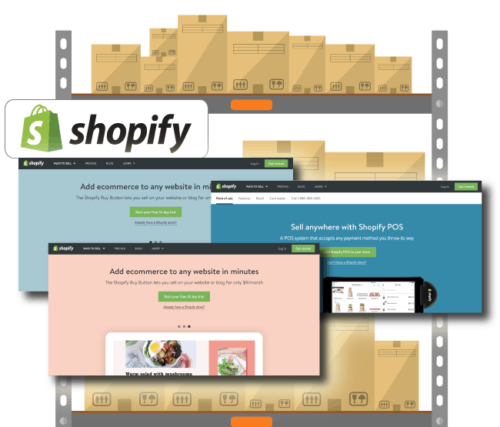Shopify was designed to make it easy for anyone to set up an eCommerce store. That might be why it’s the most popular eCommerce platform, with over 3.75 million storefronts as of 2022. Shopify makes selling easy, but product pages and your shopping cart are only part of the equation for online retail. ECommerce fulfillment is a vital part of your operations. Here are three options to streamline shipping for Shopify, no matter how large or small your Shopify store is.
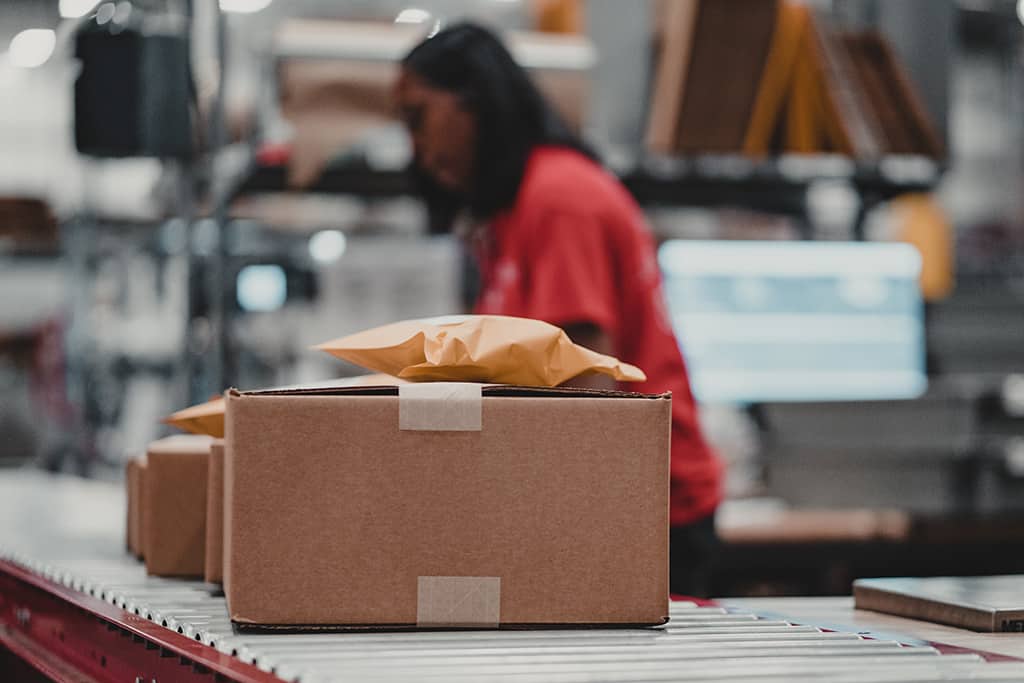
Three options for your Shopify order fulfillment and shipping
You have many options for order fulfillment for your online store. The three primary ways to handle the shipping process for Shopify are: shipping yourself, using the Shopify Fulfillment Network (now operated by Flexport), or working with a third-party logistics partner. And, if you handle order processing in-house, you don’t have to do everything on your own — Shopify Shipping can lend a hand.
Here’s what you need to know to evaluate your choices and decide how best to handle shipping for Shopify. Remember that what works for your Shopify store may change over time as your business grows.
1. Shopify Shipping supports self-fulfillment
If you handle order fulfillment in-house, consider using Shopify Shipping. Your Shopify store has access to Shopify Shipping automatically, which lets you print shipping labels and track packages through your Shopify dashboard. You can ship via DHL, USPS, UPS, and numerous other carriers with guaranteed eCommerce shipping rates at checkout.

Pros and cons of Shopify Shipping
It’s helpful to make a pro and con list when you consider your shipping options. Here are some of the considerations for Shopify Shipping.
Pros:
- Shopify Shipping makes eCommerce shipping simple.
- There’s no extra charge to use Shopify’s shipping labels.
- U.S. retailers can purchase shipping insurance on order values of up to $5,000.
- You get access to discounted shipping rates you couldn’t get on your own.
- You get one bill in your Shopify account for all your costs, including shipping.
- It’s easy to set your shipping rates at checkout.
- You can have flat-rate shipping or charge your customers the actual cost of shipping.
- You can use Shopify Shipping to set free shipping minimum order amounts.
- It offers many international shipping options.
- You can use the handy Shopify label printer to print shipping labels.
- See real-time tracking information in your Shopify dashboard.
Cons:
- FedEx is not one of the choices with Shopify Shipping. You are limited to the shipping methods Shopify offers.
- The service is only available to merchants in the U.S., Canada, and Australia, and international shipping isn’t available in Australia.
- It’s a little too easy to introduce an element of human error. For example, you might choose the wrong packaging type when you print the order label. Or you could print a shipping label with the incorrect shipping service level.
- Shopify Shipping is only for merchants with in-house fulfillment. If you outsource your order fulfillment, you’ll have to find other ways to get discounts from shipping carriers.
Shopify Shipping rates
You can use Shopify Shipping with any Shopify plan. At all levels, you get discounted shipping, but your shipping rate savings will depend on which type of Shopify store you have. Shopify advertises savings of as much as 88% off retail shipping rates.
Who should use Shopify Shipping?
Shopify Shipping is an excellent choice for small online merchants. If you’re starting your first store or online retail is a side hustle, this shipping solution will help you compete on shipping prices. However, if you ship more than five orders a day, Shopify recommends moving up to the Shopify Fulfillment Network. At that point, you might also consider working with an independent fulfillment provider. We discuss the benefits of that later in this article.
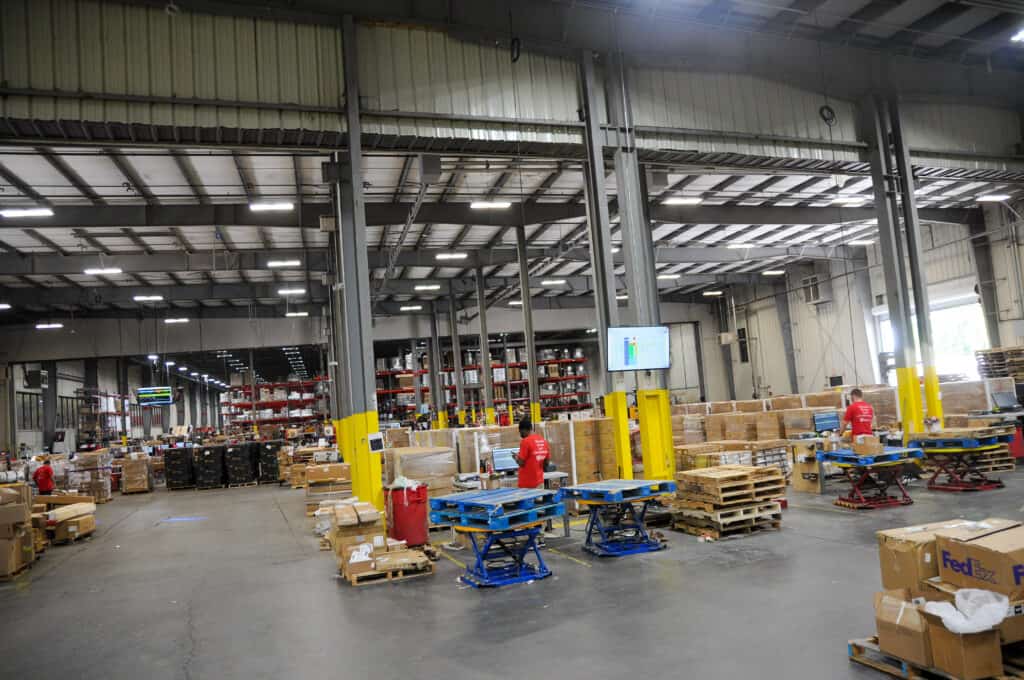
2. Shopify Fulfillment Network
The Shopify Fulfillment Network is a third-party fulfillment solution for Shopify merchants. You ship your products to Shopify’s dedicated vendor, Flexport, for storage, pick and pack services, and shipping. Like with other 3PLs, you will pay fulfillment and warehousing fees. Unlike with other 3PLs, your fulfillment services are integrated with your Shopify store.
At this time, the Shopify Fulfillment Network only delivers orders within the U.S. Shopify stores that ship fewer than 200 SKUs and ship between three and 200 orders per day can use this fulfillment service. Shopify’s warehouses aren’t set up to provide fulfillment for perishable products or regulated items.
Shopify Fulfillment Network vs. Amazon FBA
When compared with Amazon FBA, the Shopify Fulfillment Network has pros and cons.
On the plus side for Amazon, its fulfillment operations are far more extensive, with warehouses in every corner of the U.S. That means your orders will travel through fewer shipping zones, reducing shipping costs and delivery times.
Amazon operates its own warehouses, while Shopify subcontracts with third-party warehouses, and the whole operation is managed by a third party. Plus, while Flexport is a large and respected logistics provider, Shopify Fulfillment Network is its first eCommerce fulfillment vertical. By contrast, Amazon has had years to refine its fulfillment operations. You can use FBA to ship orders from your Shopify store, but Shopify doesn’t offer multi-channel fulfillment.
Shopify has an advantage when it comes to branding. While all Fulfillment by Amazon orders ship in Amazon-branded boxes, Shopify will send orders in your packaging and even include package inserts for you. Unlike Amazon, Shopify does not have its own brand or sell products and will not knock off your products or sell your information to outside vendors.
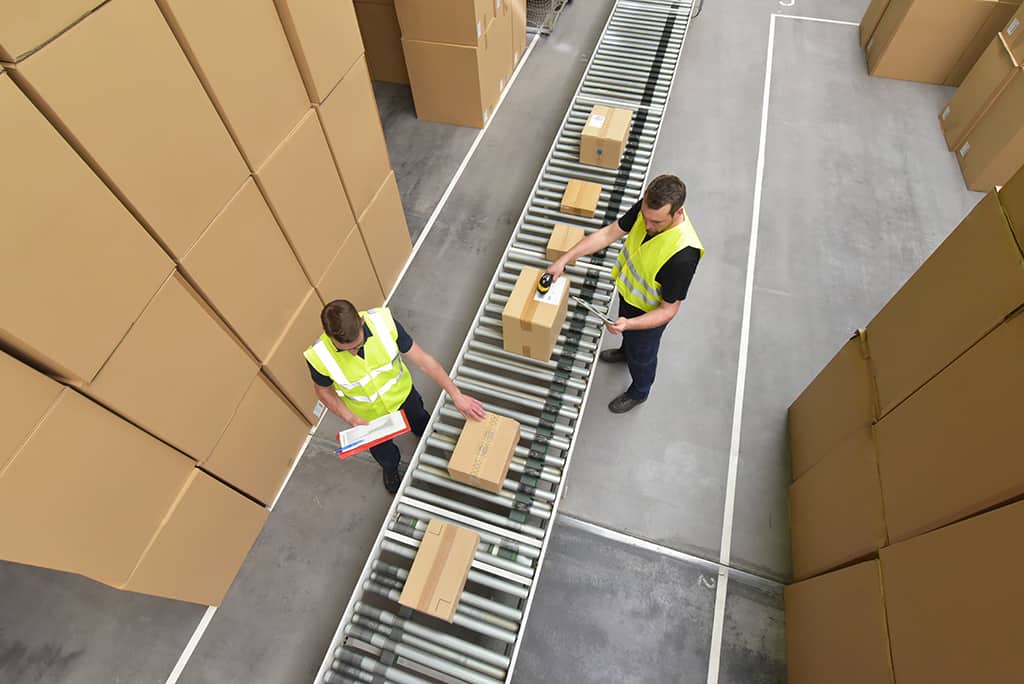
Pros and cons of the Shopify Fulfillment Network
Beyond the comparisons to Amazon, here are some additional things to consider before choosing the Shopify Fulfillment Network.
Pros:
- Easy integration with your Shopify stores.
- You are in control of your fulfillment, down to extras that go in your orders (a big difference from FBA).
- When Shopify Fulfillment sends an order for you, the shipping notification emails come from your business.
- Shopify has vetted its fulfillment partners and will manage their work, so you don’t have to.
- You get recommendations for the best warehouse locations for your products.
Cons:
- You can only send orders that were placed in your Shopify store through Shopify’s fulfillment services.
- The Shopify Fulfillment Network is only open to U.S. and Canadian companies.
- The Shopify Fulfillment Network will store your products in warehouses run by multiple outside 3PL services companies and managed by a third-party logistics provider, so your fulfillment could be inconsistent.
- You don’t get to choose your fulfillment partner. Online retailers benefit from working with warehouses skilled at handling their product weights. Order fulfillment isn’t a one-size-fits-all solution, but that’s what you get with Shopify Fulfillment Network.
- After investing in warehousing and fulfillment operations for several years, Shopify has backed off from fulfillment, selling robotic AI company 6 River Systems and its fulfillment network in 2023. The future of the Shopify Fulfillment Network is uncertain.
Shopify Fulfillment Network costs
The Shopify Fulfillment Network is not the cheapest fulfillment solution, but the convenience may make up for the price. You’ll pay for storage plus a pick and pack fee for each order. You will also be billed special project fees for services, including receiving inventory, kitting, and returns. Special project fees can also include penalties that Shopify assesses for things such as sending inbound inventory incorrectly.
Who should use the Shopify Fulfillment Network?
If you are a dedicated Shopify seller and don’t want the hassle of doing your own fulfillment or finding and managing a 3PL yourself, Shopify Fulfillment Network can be a good choice. However, if you’re an omnichannel merchant or you think you might outgrow the Shopify platform at some point, you might be better served by developing a relationship with a third-party logistics company. And, since most online sellers benefit from a stable partnership with a fulfillment provider, you might be better off dealing directly with a fulfillment company rather than working through the intermediary of Shopify.
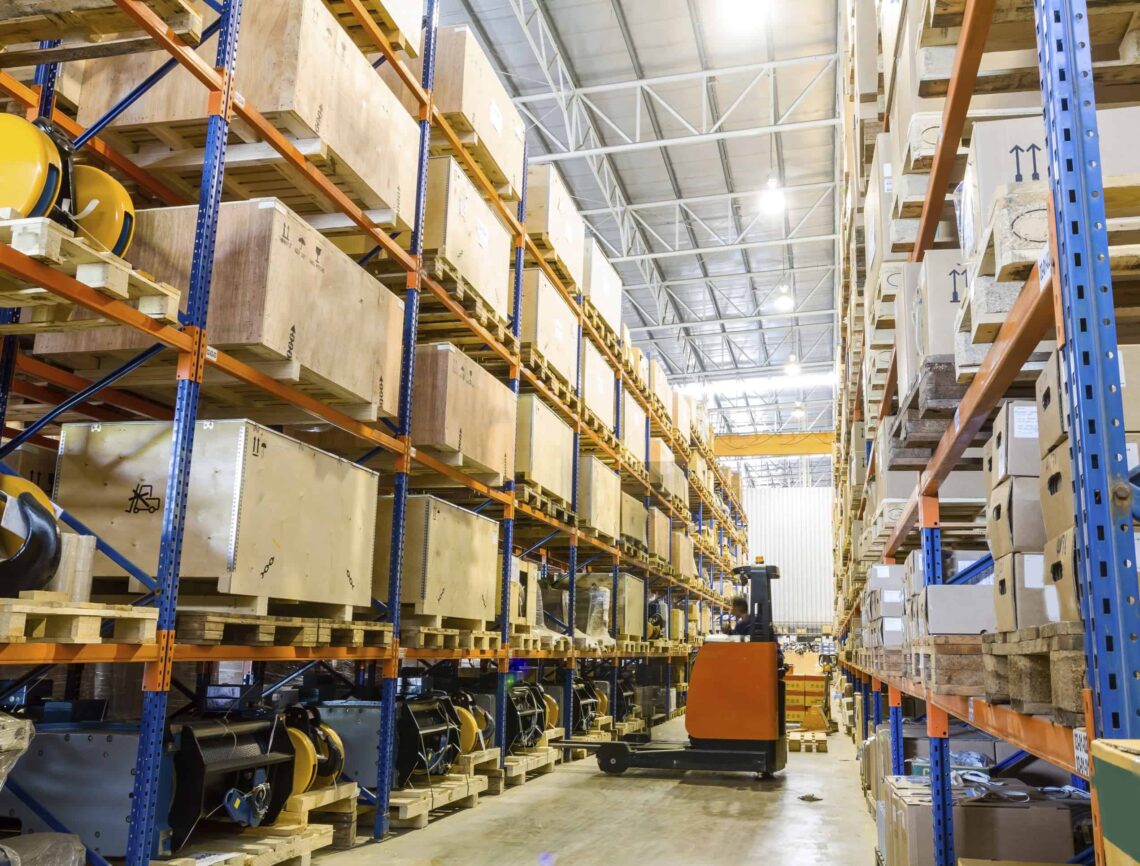
3. Third-party shipping for Shopify
Third-party Shopify shipping is easy; you can manage 3PL fulfillment in your Shopify dashboard. Plus, since Shopify is the most popular eCommerce platform, almost every 3PL will offer a ready-made Shopify integration.
Working with a fulfillment company puts you entirely in charge of your eCommerce order processing from start to finish. You choose the right fulfillment company for your products and develop a long-term partnership with that provider. As your business grows and changes, your 3PL can grow with you and support your expansion.
Shifting fulfillment warehouses is costly. You incur the expense of shipping your products to a new warehouse and the hassle of taking backorders until the new warehouse finishes your onboarding process. Choosing the right 3PL for your growing brand is a terrific investment in the future of your eCommerce company.

Pros and cons of third-party Shopify fulfillment
Working with a 3PL isn’t the right choice for every Shopify seller. Here are some of the items to put in your pro and con columns.
Pros:
- You have complete control over your fulfillment operations.
- Some 3PLs have no order minimums or maximums.
- The warehouse you choose might have no limits (or higher limits) on the number of SKUs.
- You can ship a full range of products, including items ineligible for the Shopify Fulfillment Network.
- An independent fulfillment warehouse will use your branded packaging and inserts when shipping your orders if you choose.
- Many 3PLs offer discounted rates on shipping to their clients.
- You’ll have a wider choice of shipping carriers, including FedEx.
- Your 3PL can ship all your orders from every sales platform out of one set of inventory, rather than holding separate stock for your Shopify store.
- You can choose warehouse locations that minimize the number of shipping zones your products must travel through to reach your customers.
- By shopping around, you can find a 3PL that fits your business model. Using a provider with experience shipping similar products will help you provide a better customer experience.
Cons:
- The work of managing your fulfillment falls to you (with help from your 3PL).
- You face the task of finding the best 3PL company for your business.
- All your eCommerce charges won’t be in a single bill.
- You need to integrate a third-party dashboard into your Shopify operations and won’t be able to manage everything from inside Shopify (however, there are apps to help you do this; ask your 3PL and check the Shopify App Store).
3PL Shopify fulfillment costs
Shopify shipping costs will vary from one fulfillment center to the next. You can expect to pay warehousing and pick and pack fees, plus extra for special services such as kitting. When you consider logistics costs, look beyond the bottom line at the total fulfillment value. Take into account the savings you’ll see from professional fulfillment services. For example, a top-rated 3PL like Red Stag Fulfillment has a zero shrinkage rate, improving your bottom line.
Who should use third-party shipping for Shopify?
Any Shopify seller with expansion plans should consider third-party fulfillment. Omnichannel eCommerce businesses are best served by a fulfillment warehouse that can process orders from several different platforms. If you’re ready to outsource your fulfillment, you can find a fulfillment center that’s a good fit for your business, no matter your size.

Let Red Stag Fulfillment handle your shipping for Shopify
Red Stag Fulfillment offers seamless Shopify shipping and fulfillment services. We work with many Shopify merchants and have a Shopify plugin for easy integration. At RSF, we specialize in omnichannel fulfillment, with integrations to dozens of eCommerce platforms and marketplaces. We can even ship your Amazon orders.
If you’re ready for all-in-one fulfillment for your Shopify store and beyond, give Red Stag Fulfillment a call.
Shopify Shipping Options FAQs:
How does Shopify Shipping work?
If you ship your Shopify orders yourself, you can use the Shopify Shipping app to purchase postage and print shipping labels for your orders. You get discounted shipping on domestic and international orders with Shopify’s preferred carriers. Shopify Shipping is available in the U.S., Canada, and Australia.
Does Shopify charge for shipping?
When you use Shopify Shipping, you pay the cost of shipping. Shopify doesn’t add a fee to use the services. To see the cost of shipping, log into your Shopify account and use the shipping calculator.
How is shipping paid for on Shopify?
When you use Shopify Shipping, the platform adds shipping charges to your monthly bill. If you use the Shopify Fulfillment Network, you’ll get a separate bill through your Shopify admin. You can view SFN fees through the SFN app. If you use a 3PL, you’ll pay for shipping through your fulfillment provider or your carrier account.
How do you get Shopify Shipping?
Every Shopify retailer automatically has access to Shopify Shipping. You can access it in your dashboard.
Can I use my own shipping on Shopify?
Yes. The service isn’t recommended for Shopify merchants who ship more than five orders a day. Regardless of your order volume, you’re free to pay for shipping through your own carrier accounts and print shipping labels outside the Shopify system.
What are the benefits of Shopify Shipping?
Shopify Shipping is a terrific option for small retailers, offering discounts of up to 88% with Shopify’s preferred carriers. You can ship internationally, print labels, and (if based in the U.S.) buy shipping insurance. U.S. sellers can even use Shopify Shipping for expedited orders with DHL Express.
*Nothing in this article is meant to imply a legal relationship between Red Stag Fulfillment, LLC and any company mentioned. Red Stag Fulfillment, LLC does not own any other company’s trademarks referenced or included in this article.






